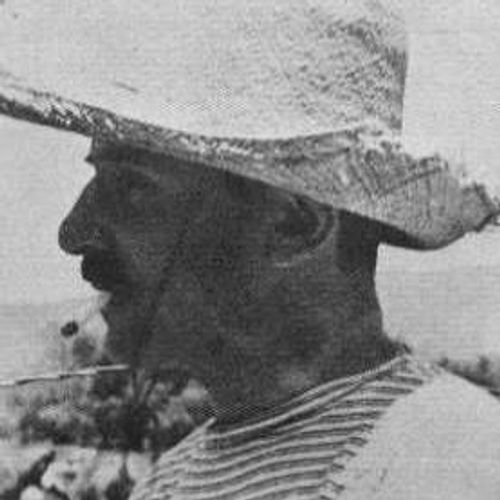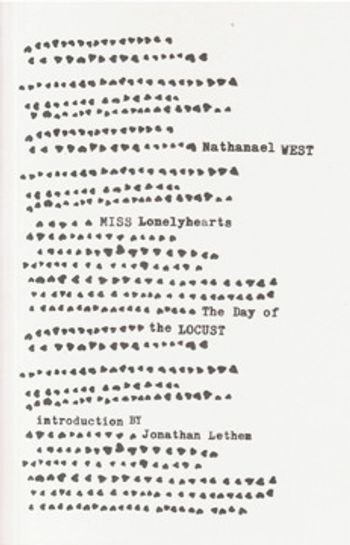Nathanael West
In 1962, poet Hayden Carruth wrote, “Nathanael West, who died almost unknown in 1940, is recognized today as one of the most significant American writers of his time.” Here is Carruth’s capsule biography of West:
Born 17th October, 1903, New York City, the son of Max (a successful building contractor) and Anna Weinstein. Early schooling at Manhattan public schools: P.S. S1, P.S. 10 and the De Witt Clinton High School.
Entered Tufts College in autumn, 1921, but withdrew after two months and transferred to Brown University in February, 1922. Graduated in 1924. Special friends at college included S. J. Perelman (who later married his sister, Laura), Quentin Reynolds, Frank O. Hough; various undergraduate literary projects, including (probably) early sketches for Balso Snell, helped to sharpen West’s later style.
To Paris for a year’s sojourn, 1925-26, where Balso Snell was written.
After his father’s death, became briefly assistant manager of the Kenmore Hotel, East 23rd Street, New York, in 1927.
Shortly thereafter became assistant manager of the Sutton Hotel, East 56th Street, which became the meeting place for literary friends, many of whom lived there for various periods free of charge.
The Dream Life of Balso Snell published in 1931; well-received, but sales were poor. The author legally assumed the name Nathanael West, under which he had been writing. Summer of 1931 spent on a hunting trip to the Adirondacks, the first of many such expeditions with various friends. Literary friends of the period included James T. Farrell, Edmund Wilson, Erskine Caldwell, Robert Coates, Malcolm Cowley.
In New York, still at the Sutton, West wrote Miss Lonelyhearts, and joined William Carlos Williams in editing the little magazine, Contact.
Miss Lonelyhearts published in 1933; again the reviews were good but the public response disappointing. The book was sold to Hollywood, however, and West was invited to help in preparing the movie scenario. Experience in California was frustrating. His suggestions were not heeded, his book was twisted out of recognition and even re-titled, and he returned to New York after a few months.
About the end of 1933, West settled in Erwinna, Pennsylvania, where he had bought a small house.
A Cool Million published in 1934.
In 1935 West returned to Hollywood where he worked for five years as a scriptwriter, progressing to films of considerable importance. Well regarded for his craftsmanship. West looked upon his movie assignments as hackwork, however, and determined — like his friends F. Scott Fitzgerald and William Faulkner — that service in the “dream factory” should not affect him as a serious writer. His view of Hollywood was distilled in The Day of the Locust, which was published in 1939.
Married Eileen McKenney (or Ruth McKenney’s My Sister Eileen) in April, 1940. Made plans for a new novel. But before work could be begun, he and his wife were killed in an automobile accident near El Centro, California, on 22nd December, 1940. West was thirty-seven years old.
On March 8, 1984, then Vice-President of New Directions, Griselda Ohannessian, wrote a letter in reply to a scholar who was curious as to how West came to be published by the press. She wrote:
Answering your letter addressed to Mr. Laughlin, he is pretty sure it was William Carlos Williams who brought Miss Lonelyhearts to his attention as Dr. Williams was a friend of S. J. Perlman, West’s brother-in-law. At the time, in the forties, the New Classics series was very much an on-going project as you may know, and Miss Lonelyhearts, then out-of-print, fitted right in with the concept of the series. It is amazing, for instance, to think that Fitzgerald’s Great Gatsby, until it was reissued in the NC series, had not been available for some time. Miss Lonelyhearts was brought out by New Directions in 1946, so the decision to do so would have been made sometime in the previous year.



